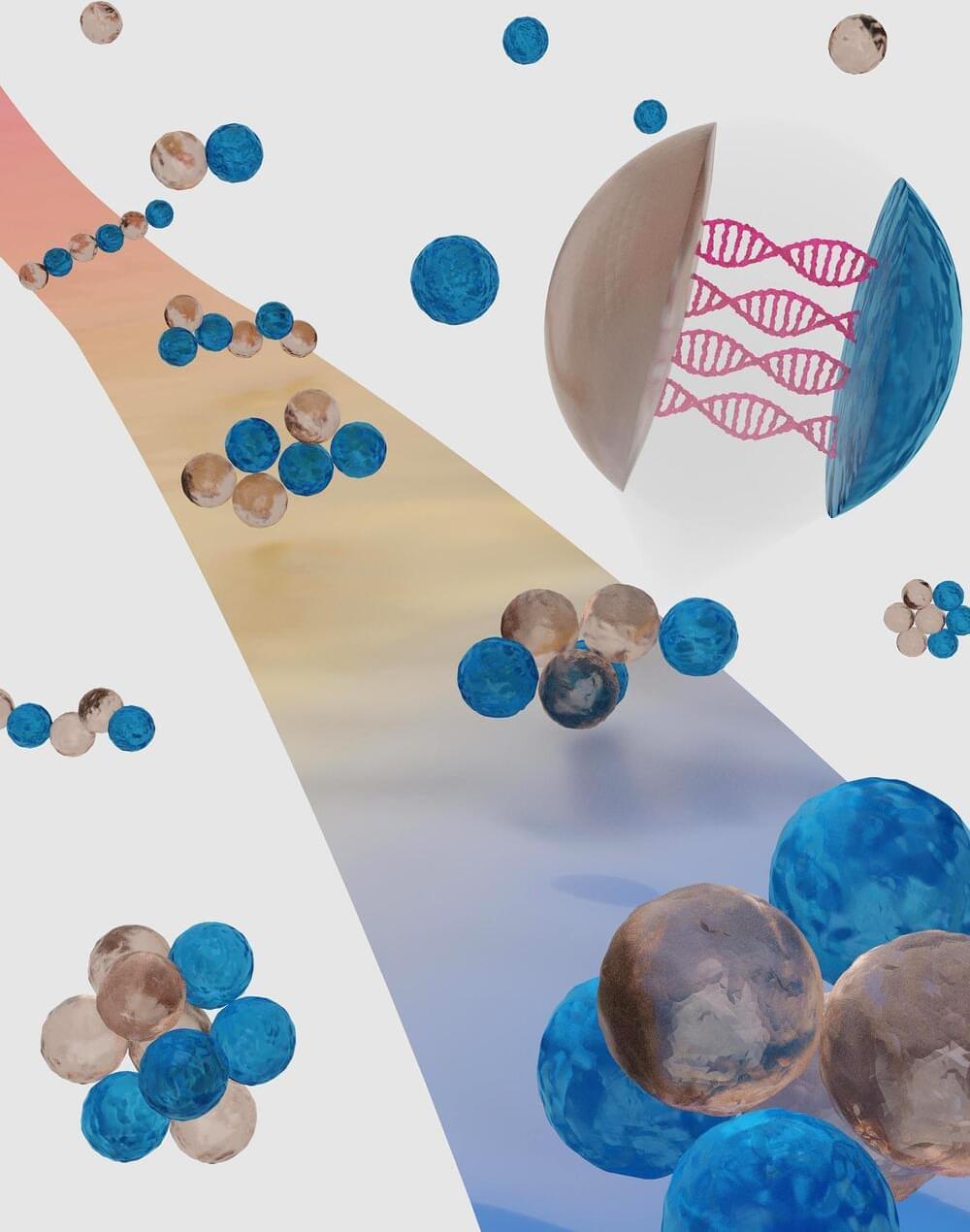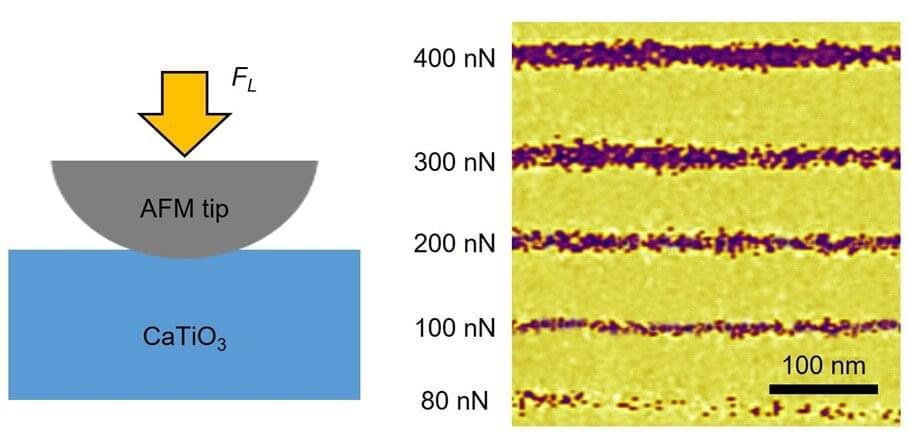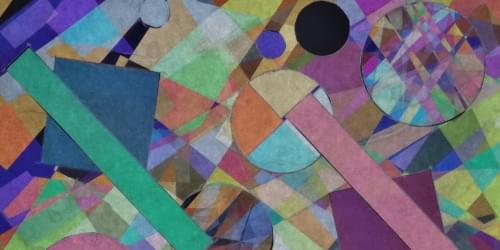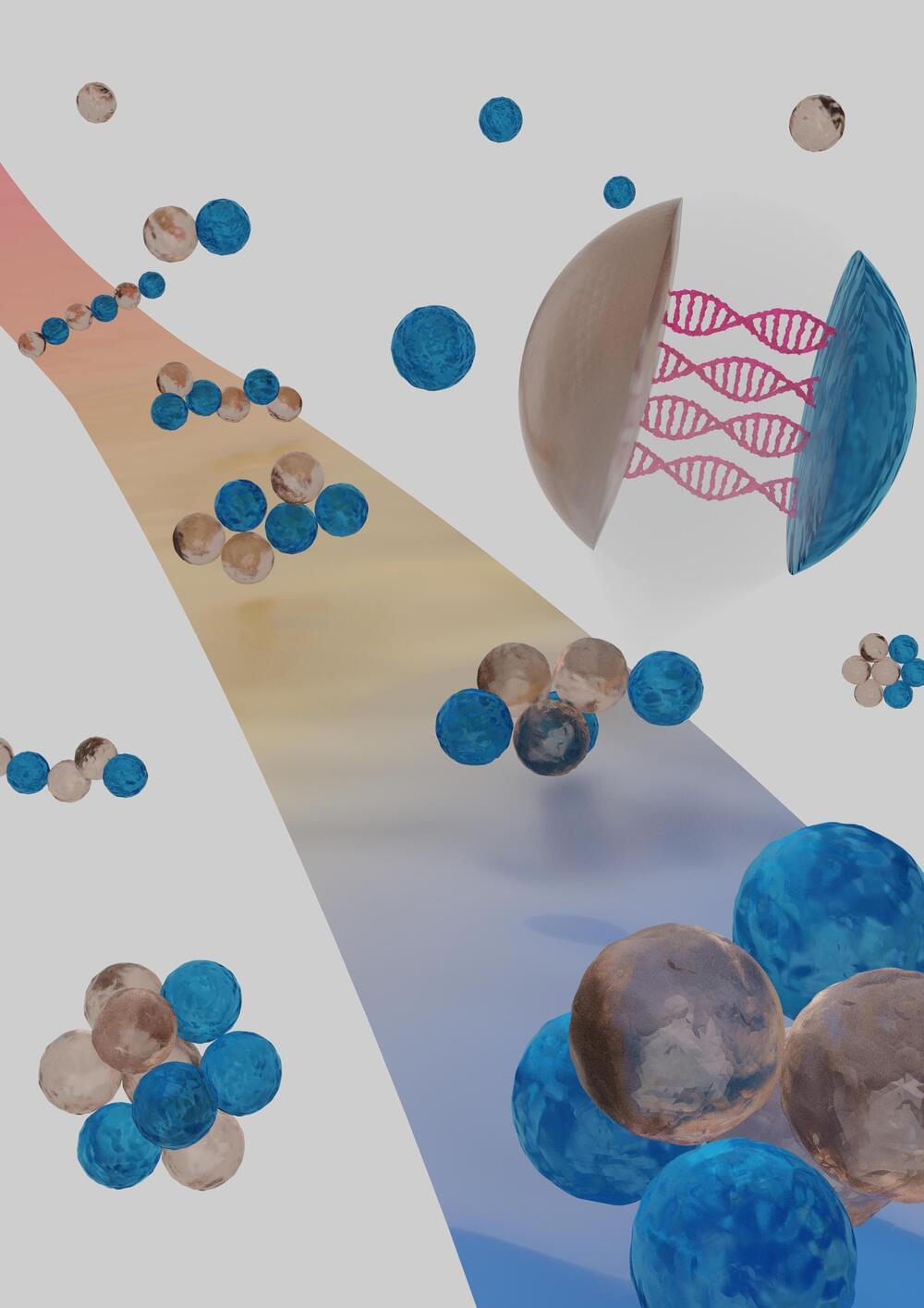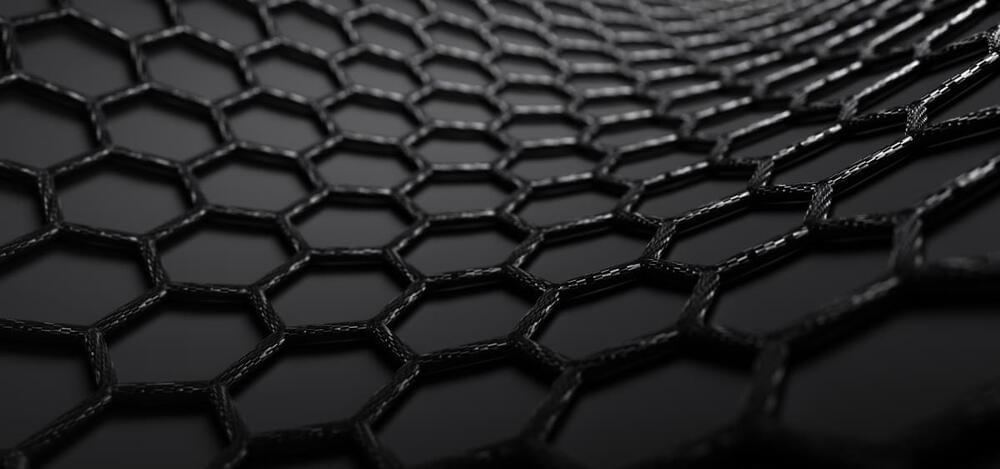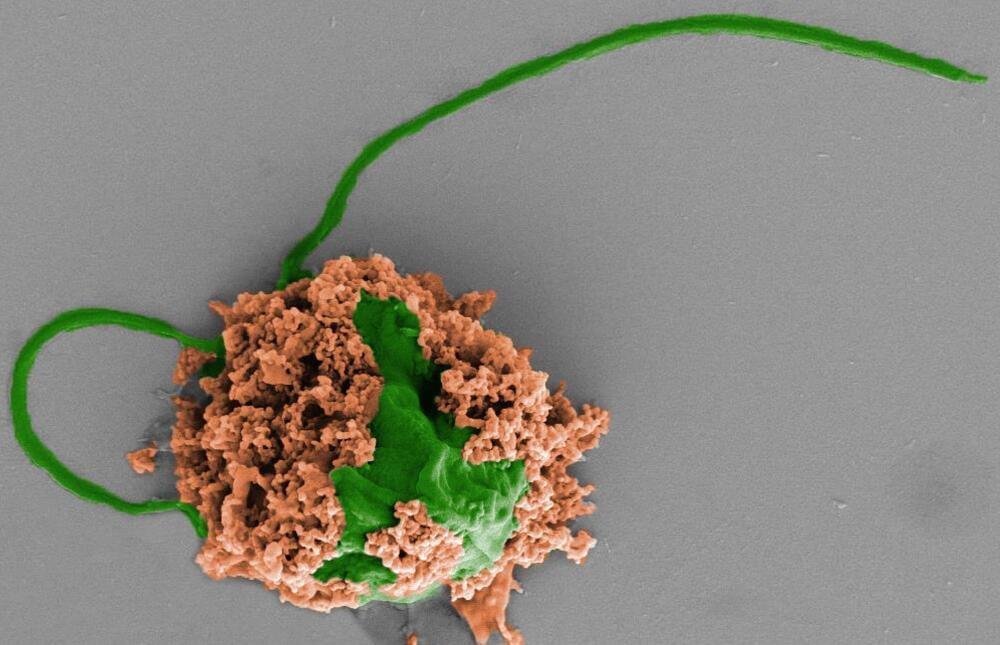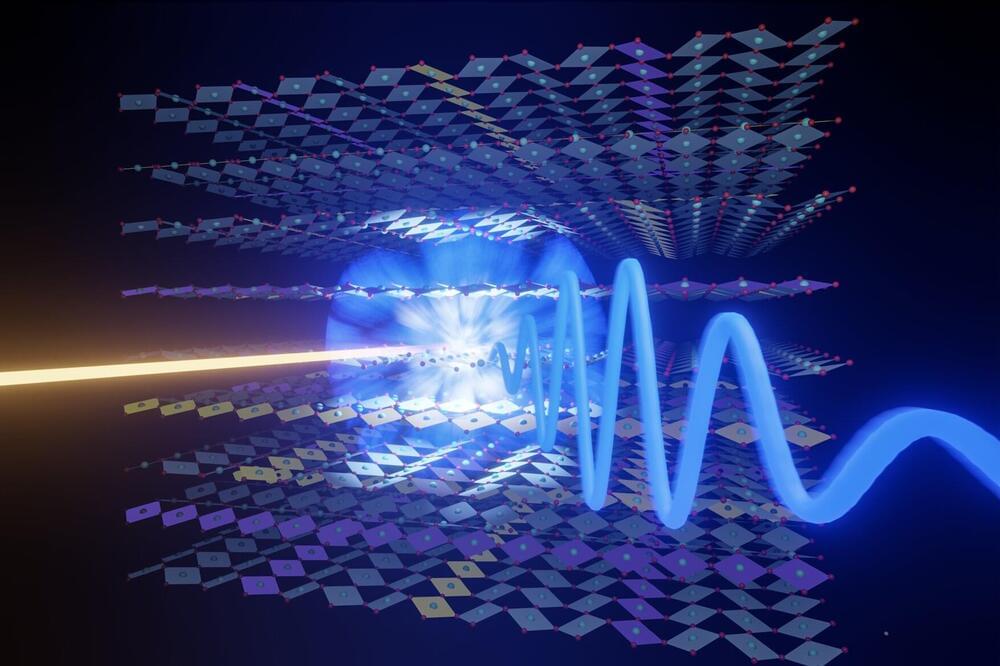Oct 1, 2022
Breakthrough: Physicists Take Particle Self-Assembly to New Level
Posted by Dan Breeden in categories: materials, particle physics
Breakthrough opens up new possibilities for the creation of next-generation materials.
A new way to self-assemble particles has been created by a team of physicists. This advance offers new promise for building complex and innovative materials at the microscopic level.
Self-assembly, introduced in the early 2000s, gives scientists a means to “pre-program” particles, which allows for the construction of materials without further human intervention. This is basically the microscopic equivalent of Ikea furniture that can assemble itself.
